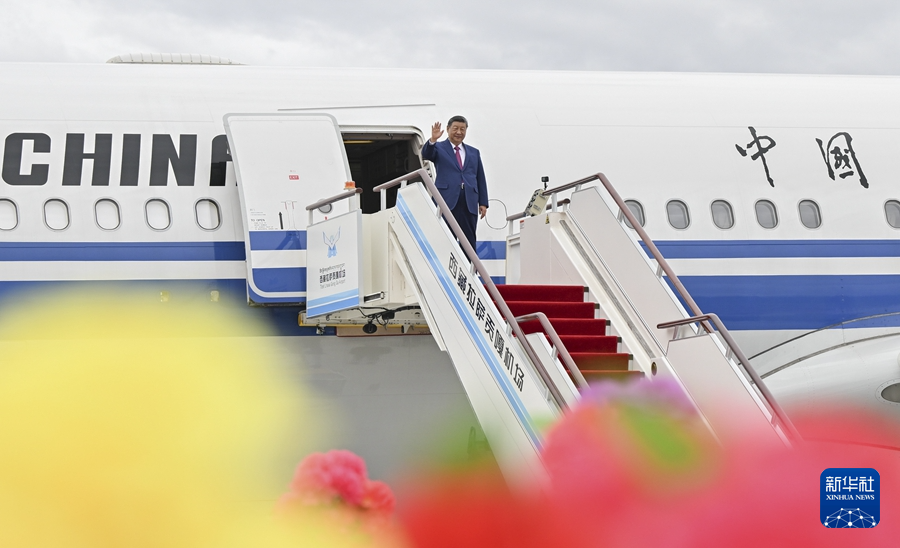On August 20 at noon, General Secretary of the Communist Party of China Central Committee, President of the State, and Chairman of the Central Military Commission Xi Jinping led the central delegation on a special flight arriving in Lhasa to attend the celebration activities for the 60th anniversary of the establishment of the Tibet Autonomous Region. This shows Xi Jinping exiting the cabin door, waving to the welcoming crowd.
On August 20 at noon, General Secretary of the Communist Party of China Central Committee, President of the State, and Chairman of the Central Military Commission Xi Jinping led the central delegation on a special flight arriving in Lhasa to attend the celebration activities for the 60th anniversary of the establishment of the Tibet Autonomous Region. This shows ceremonial personnel presenting chemar and barley wine.




